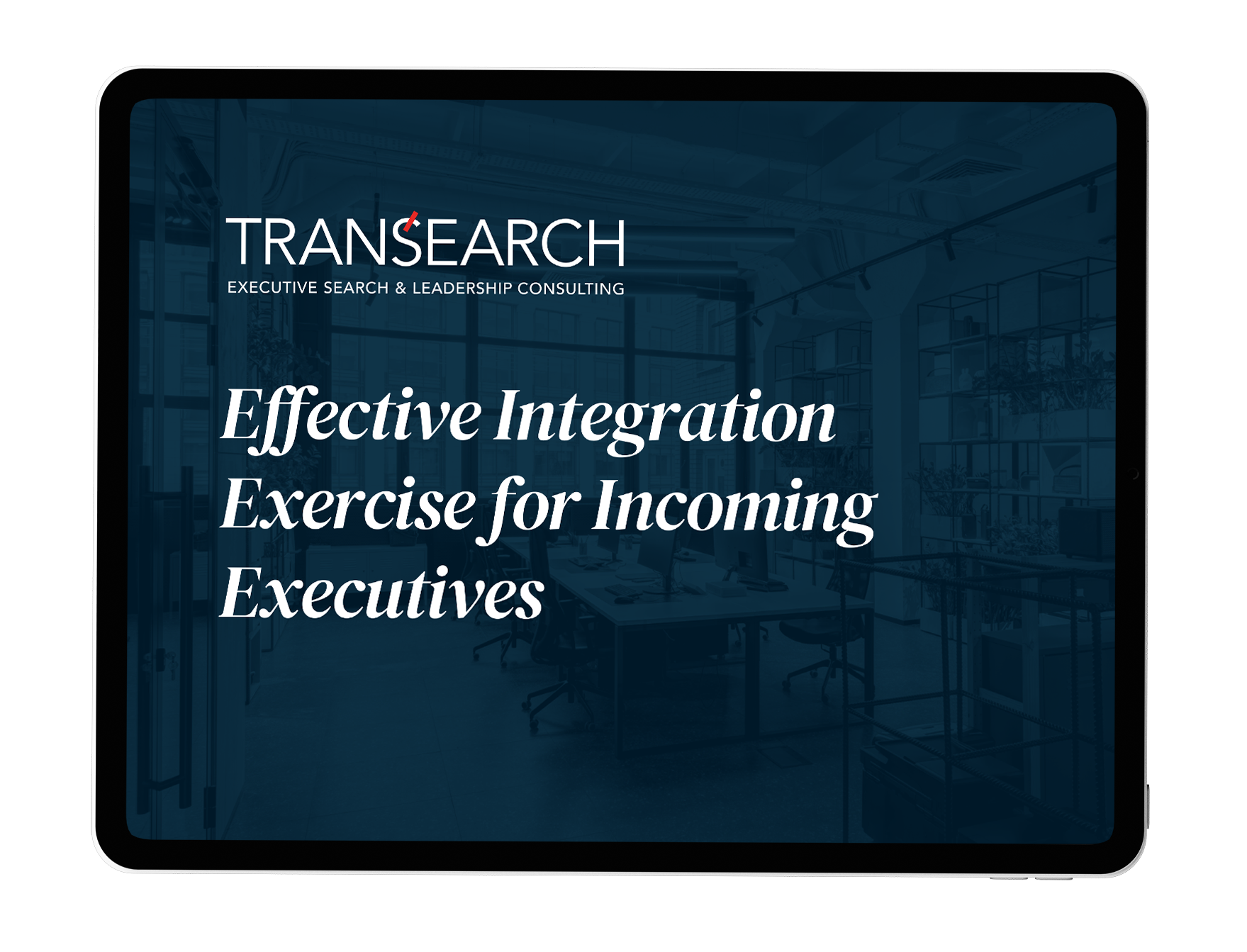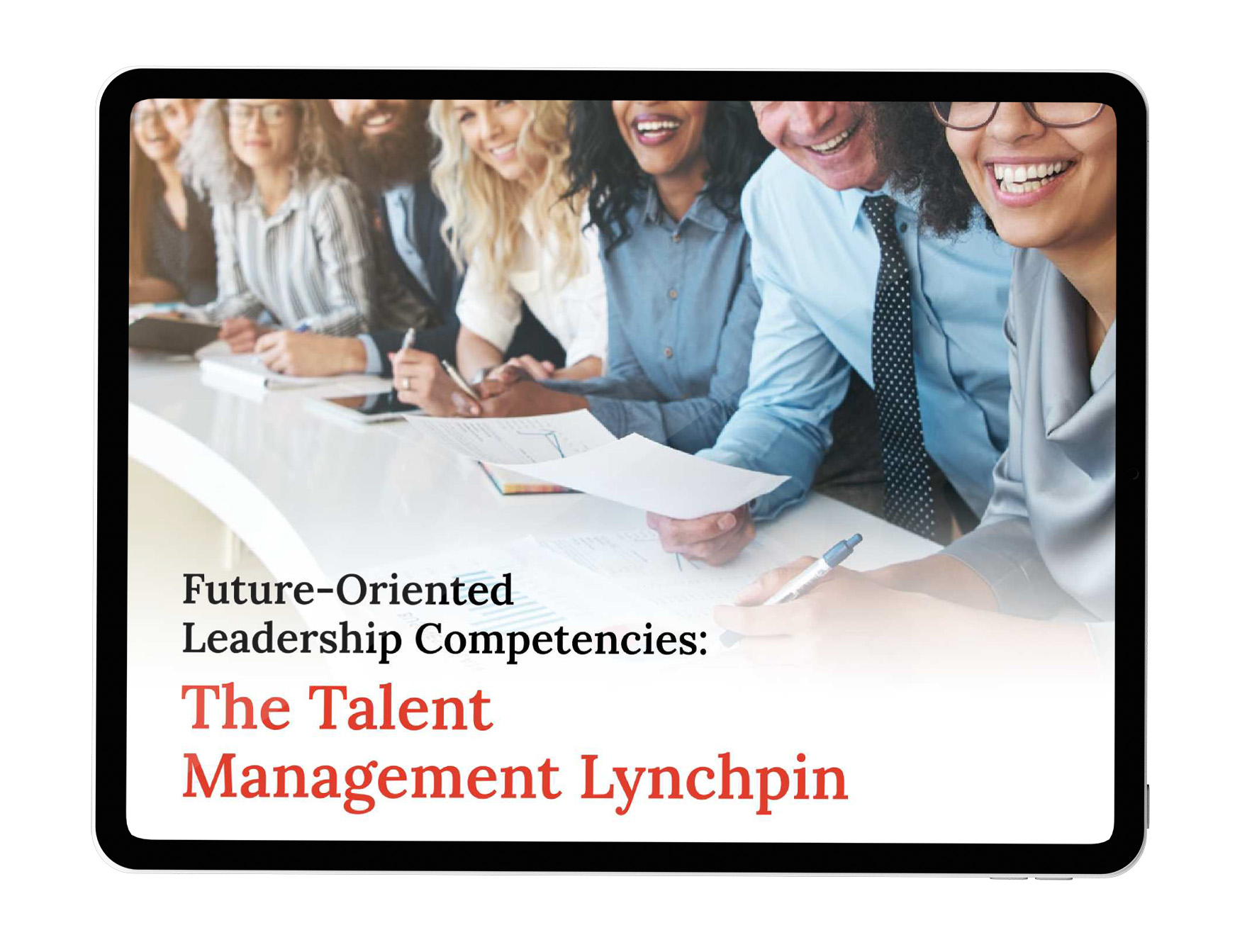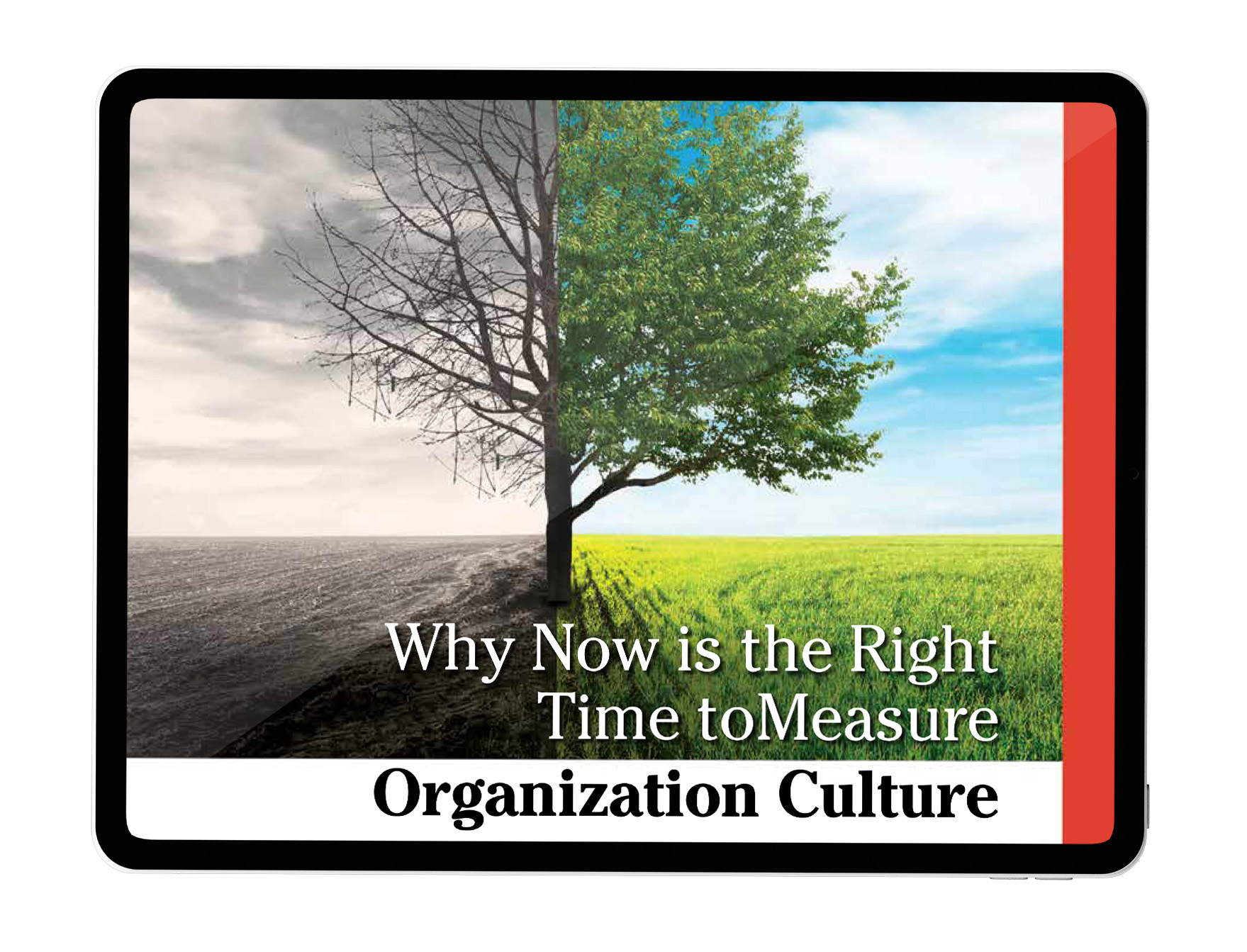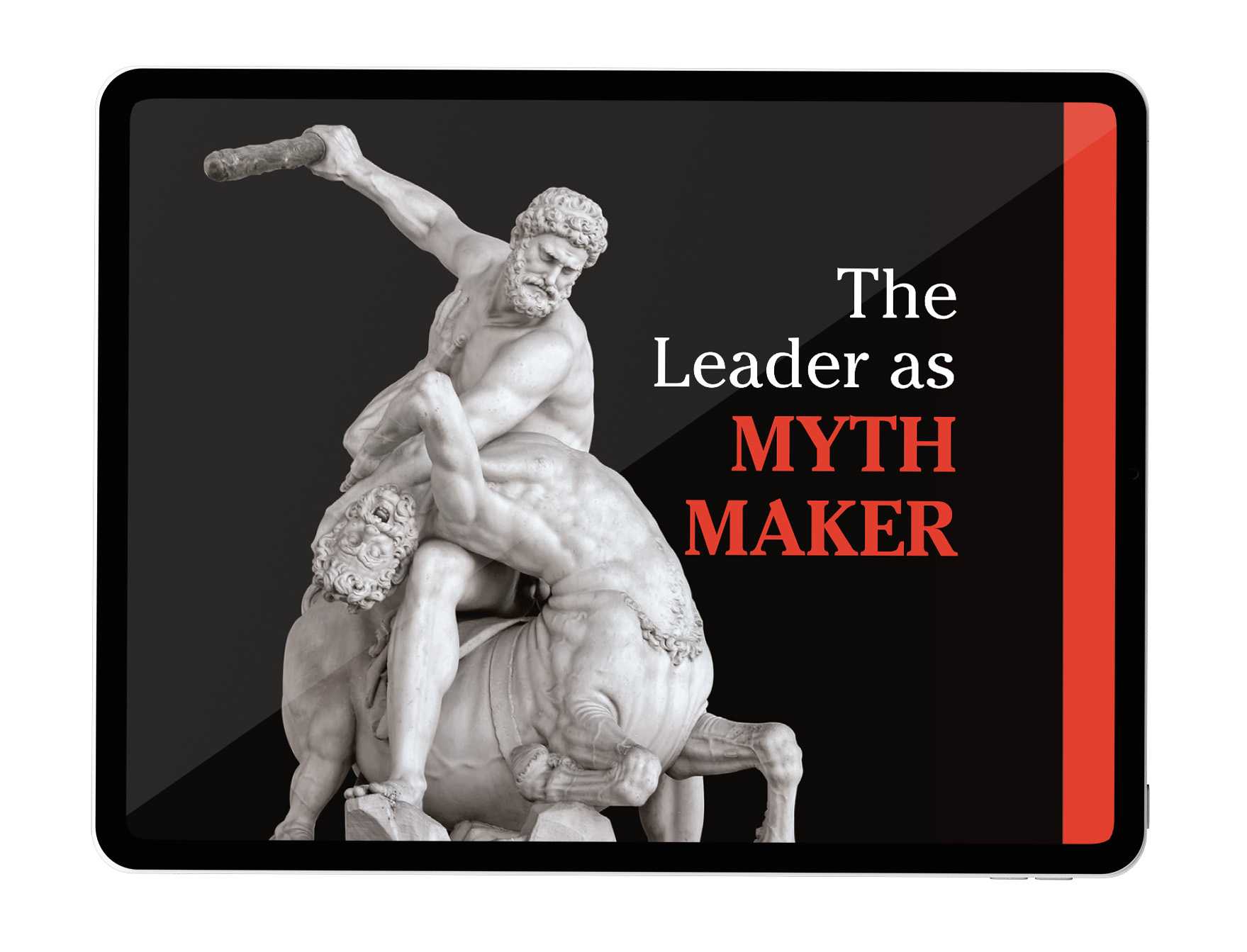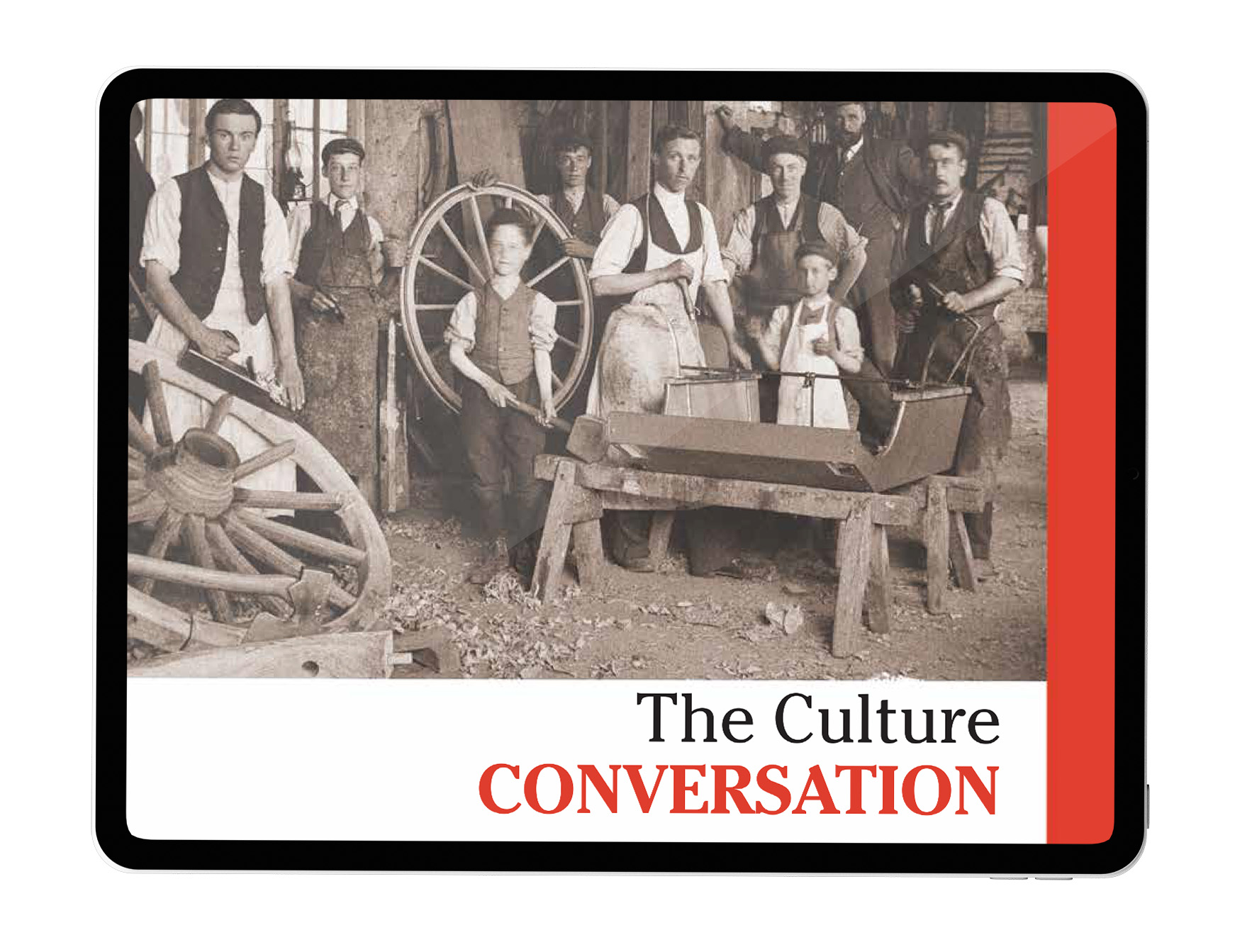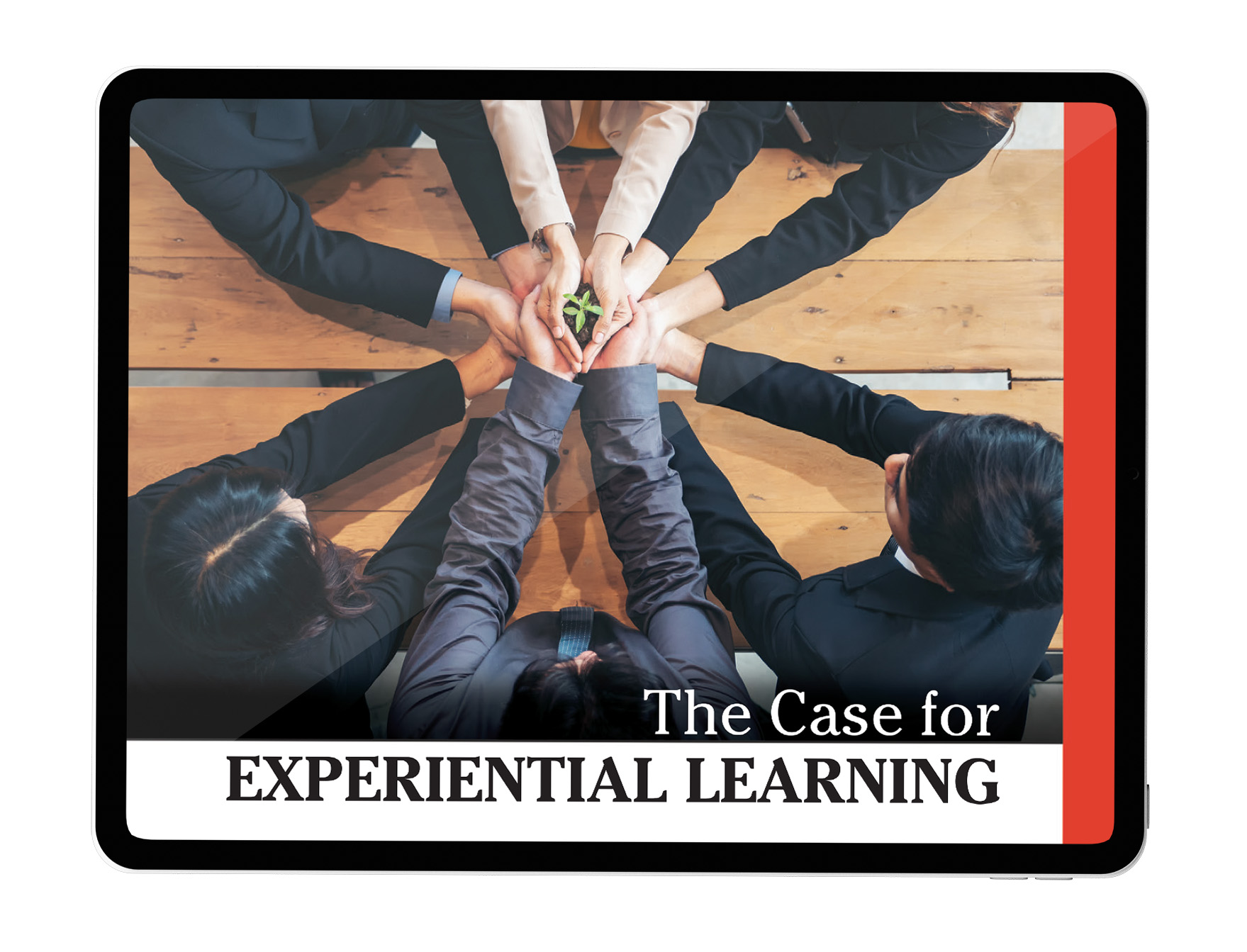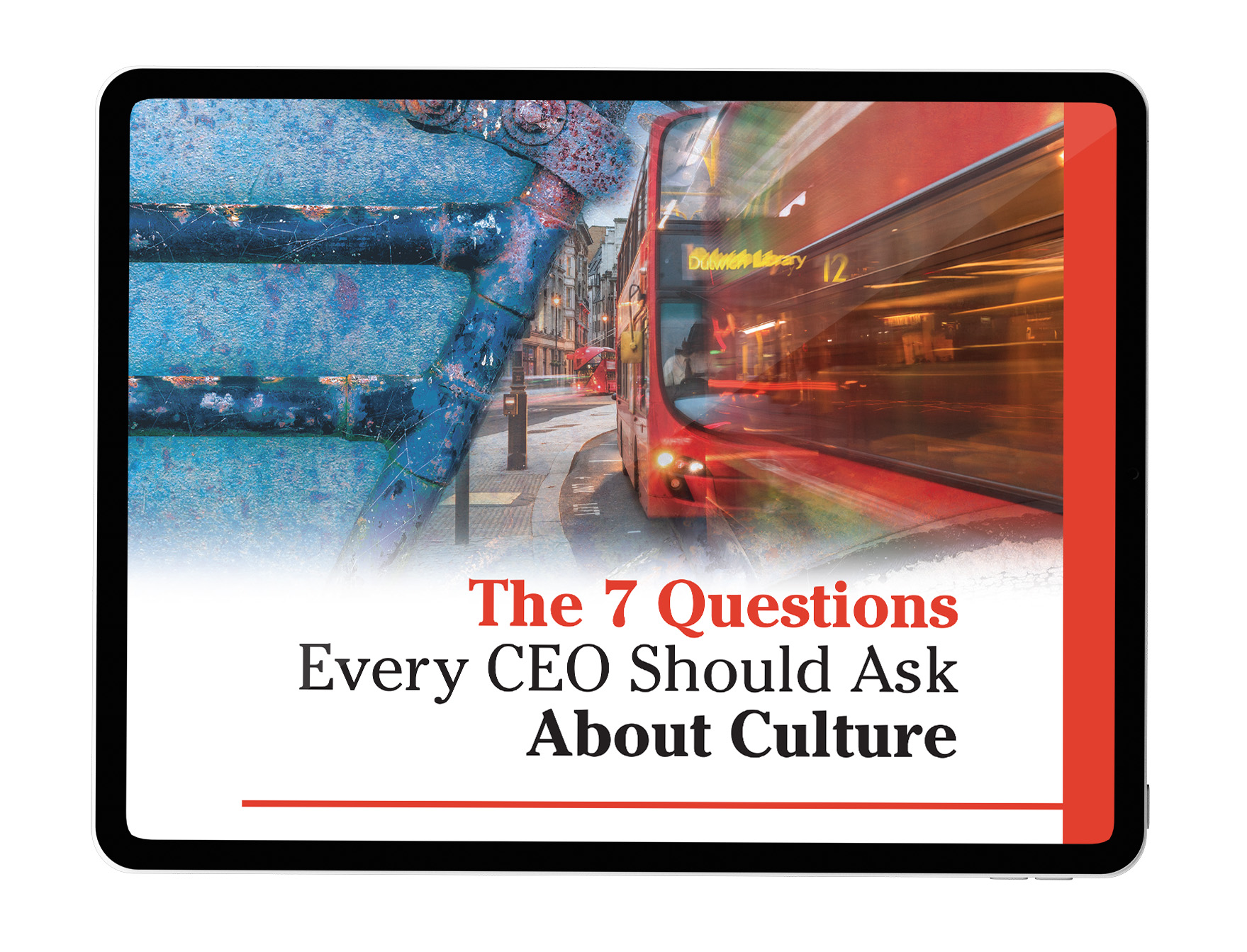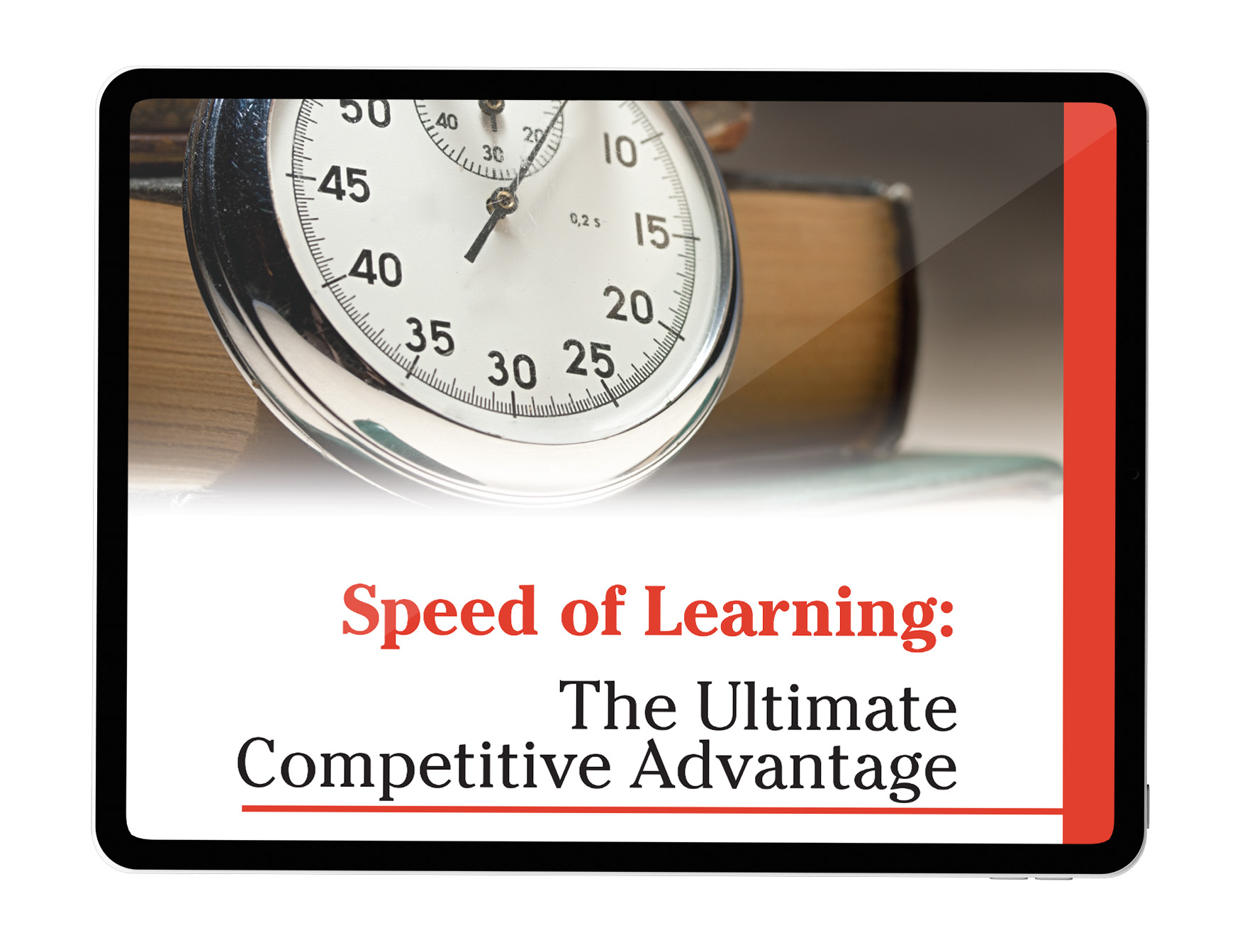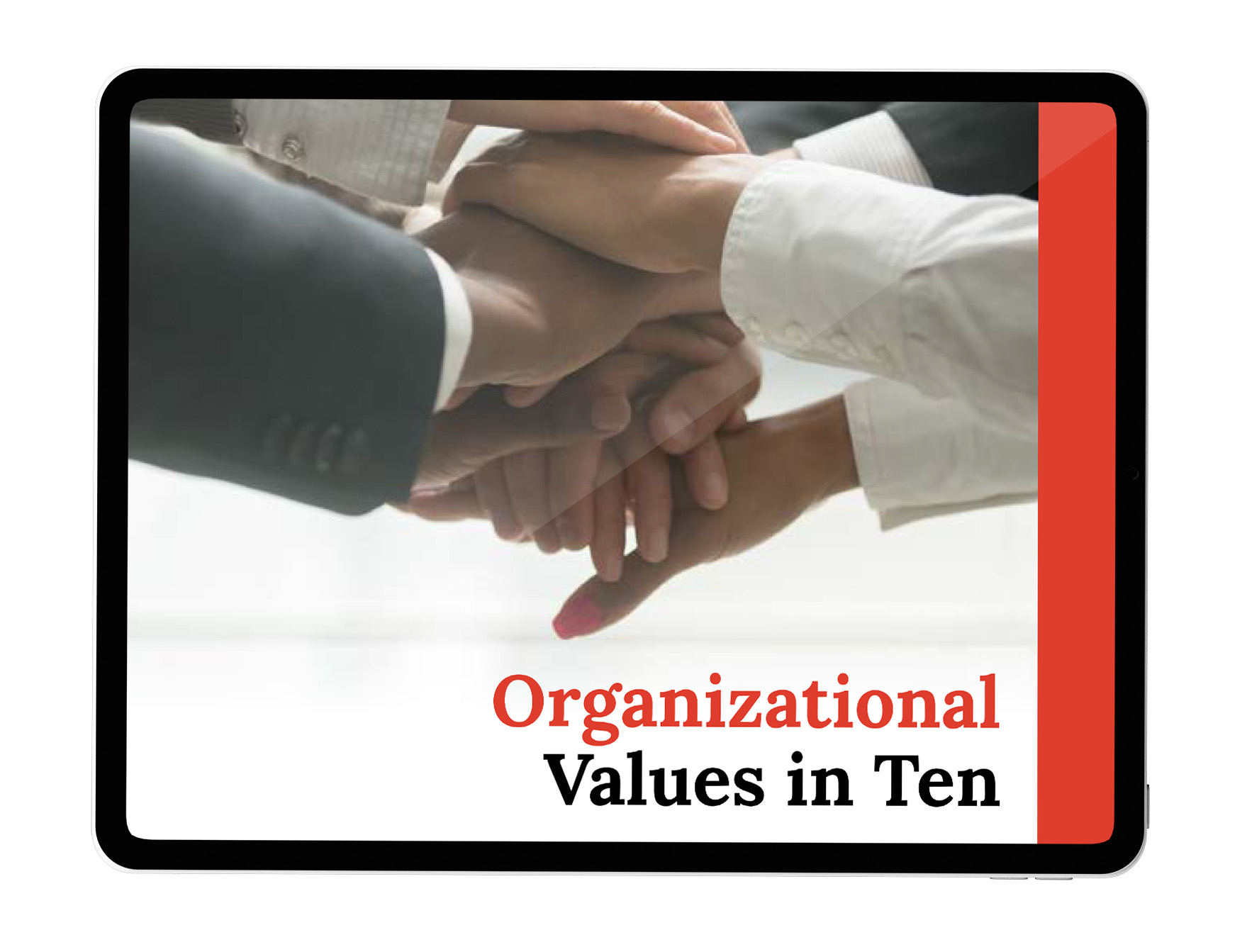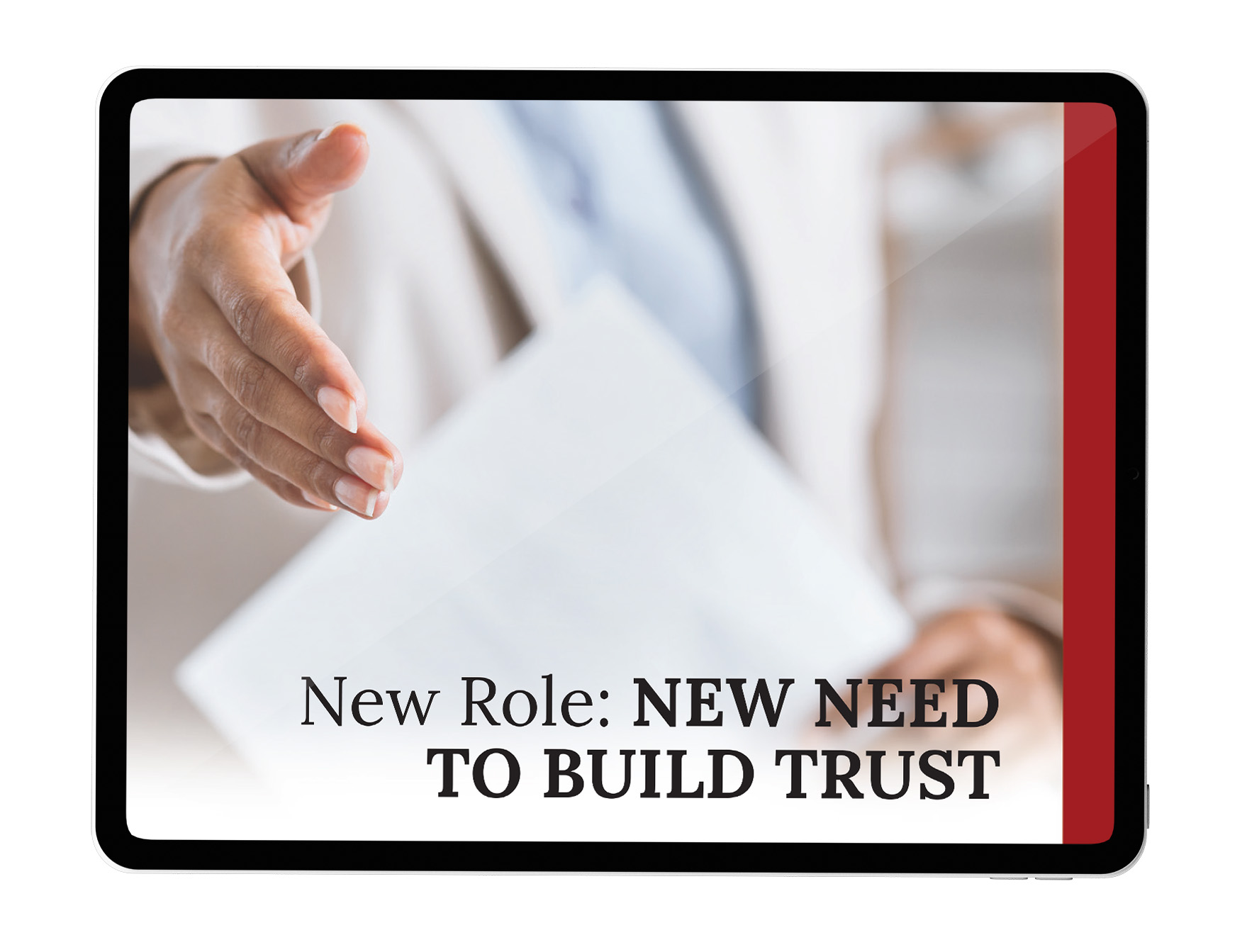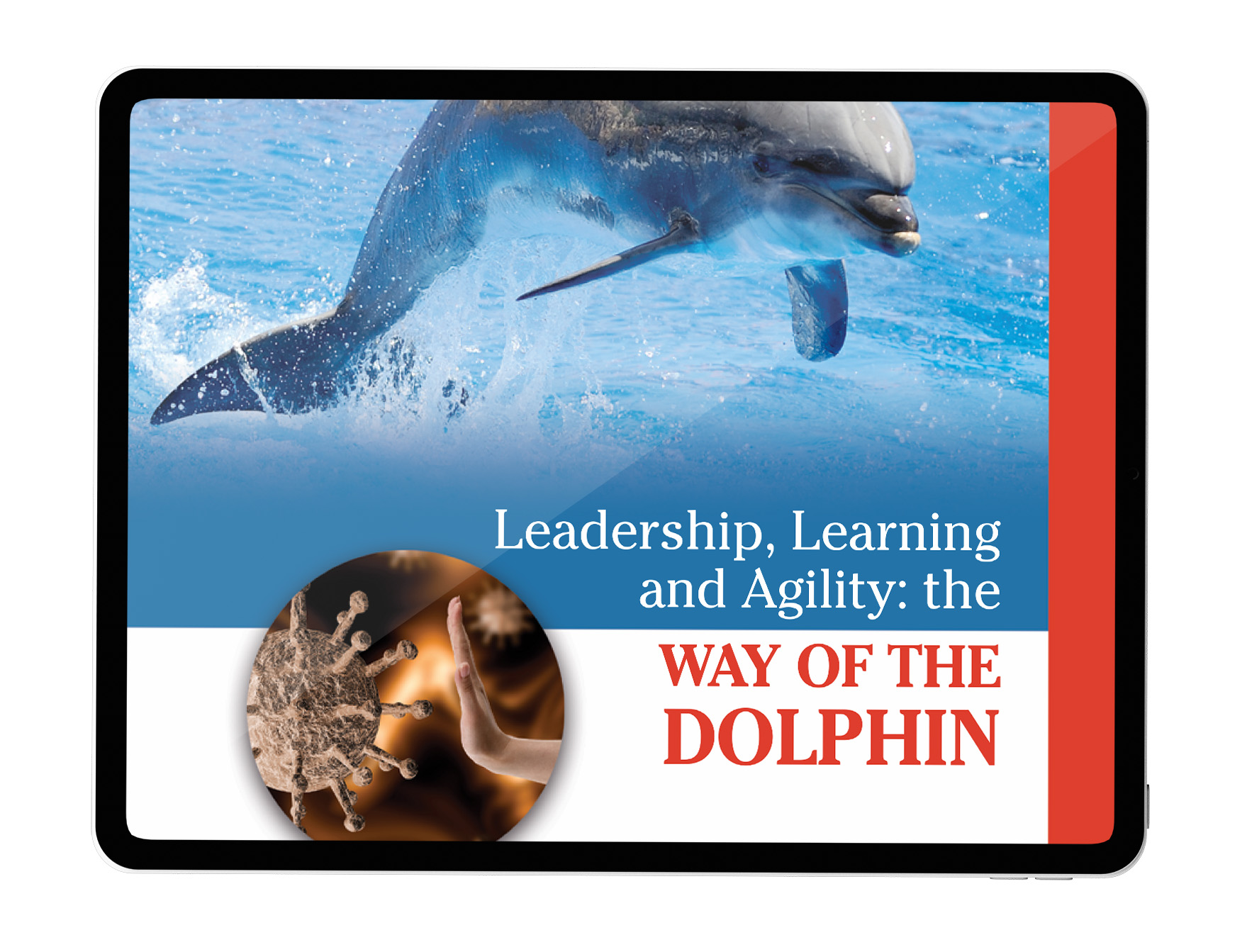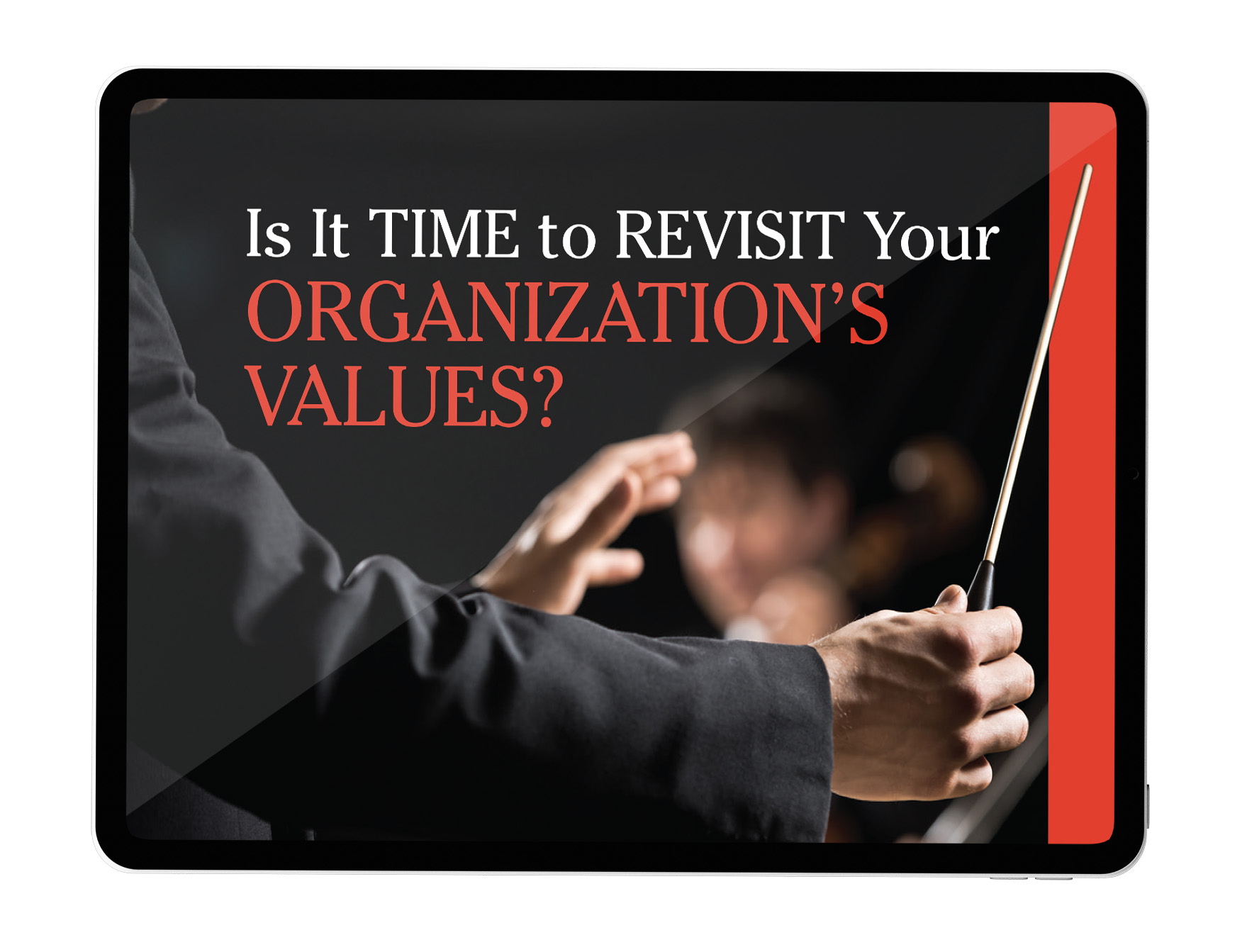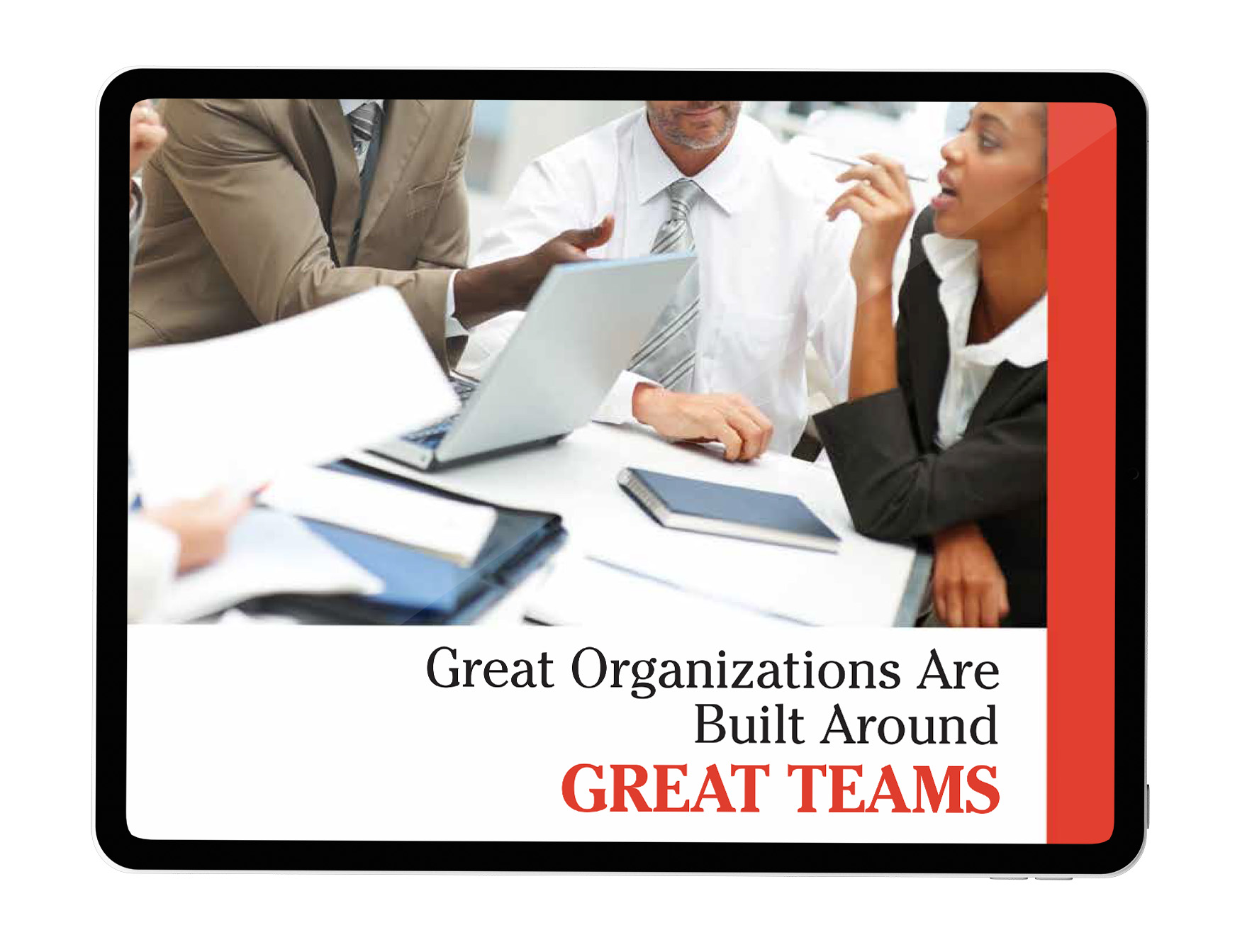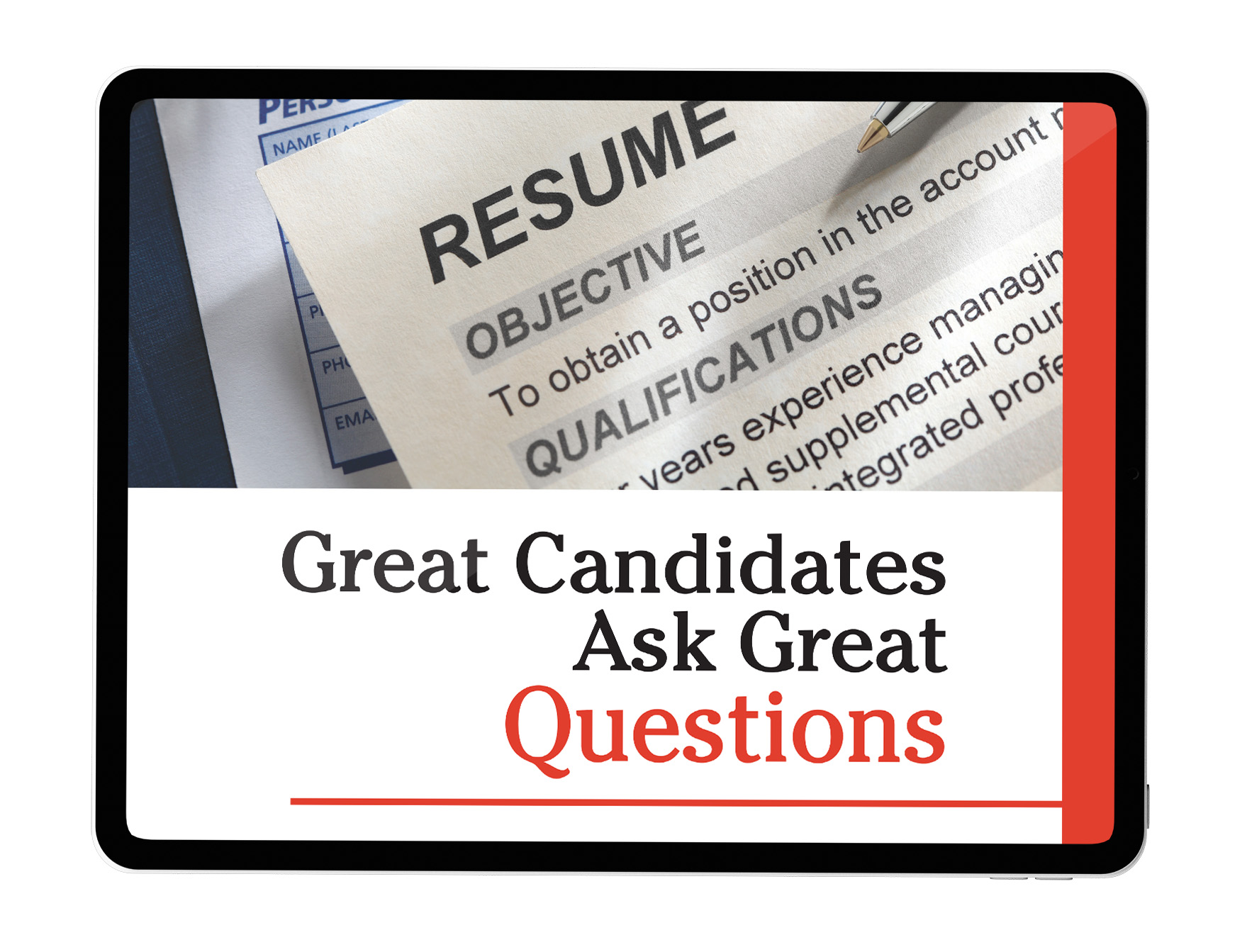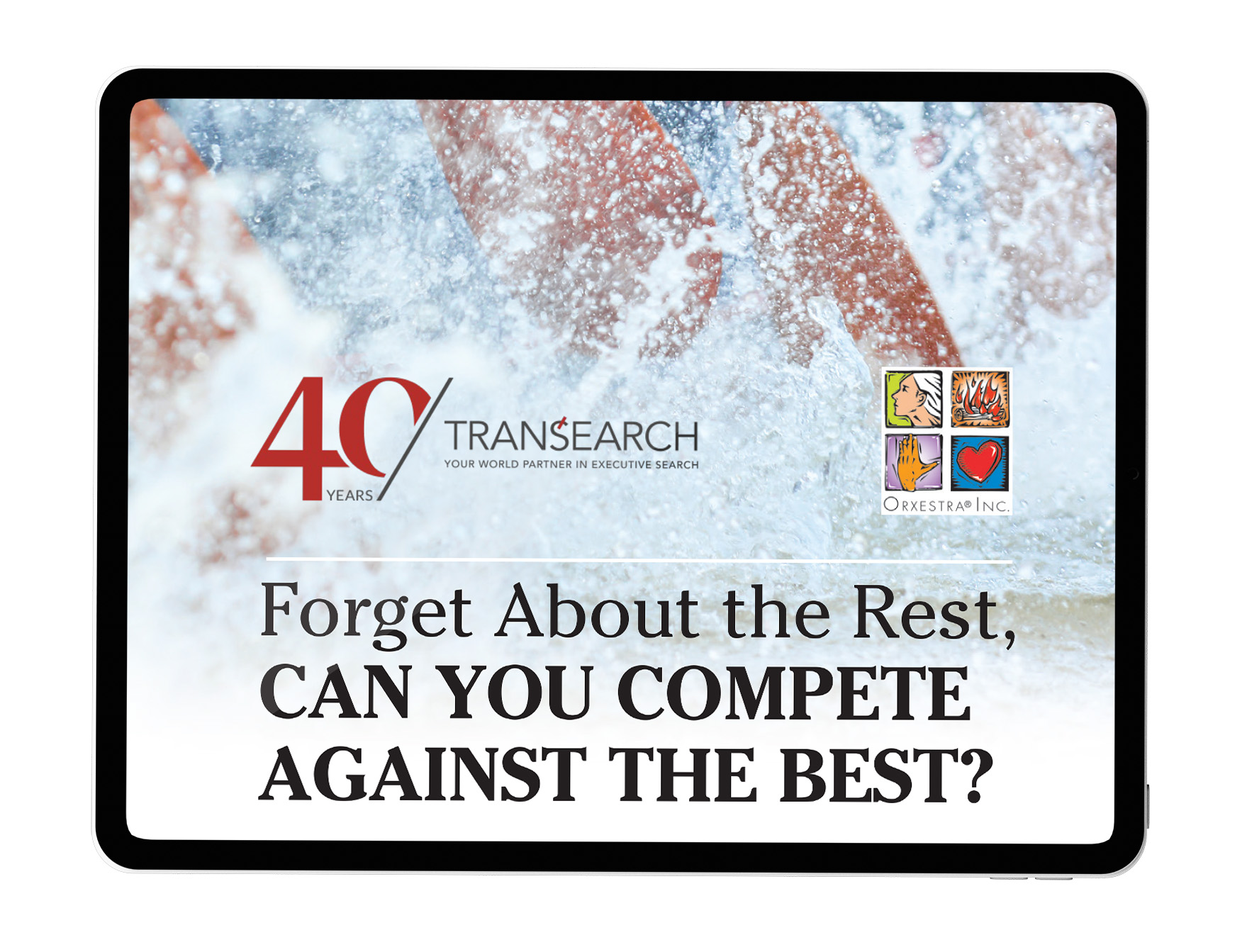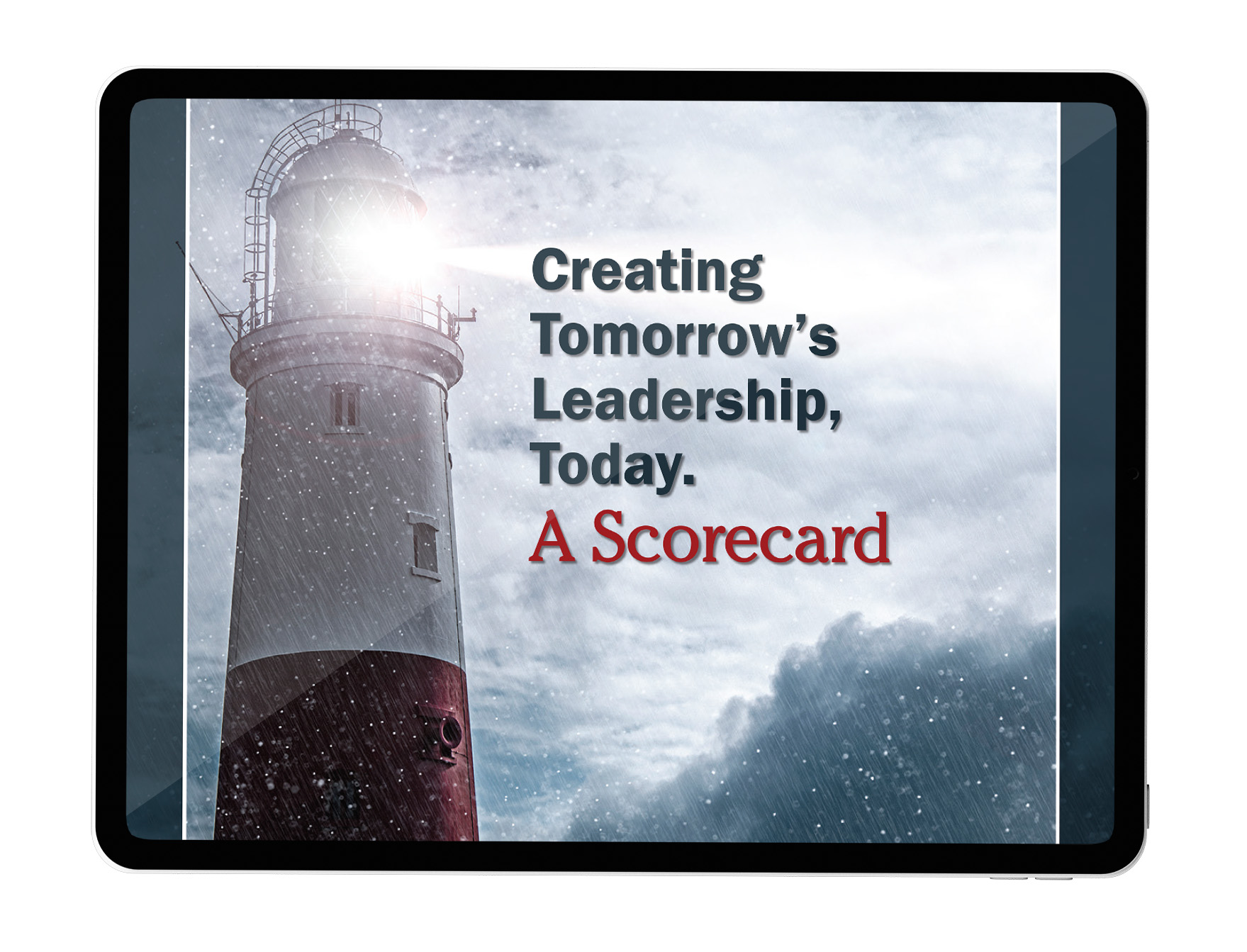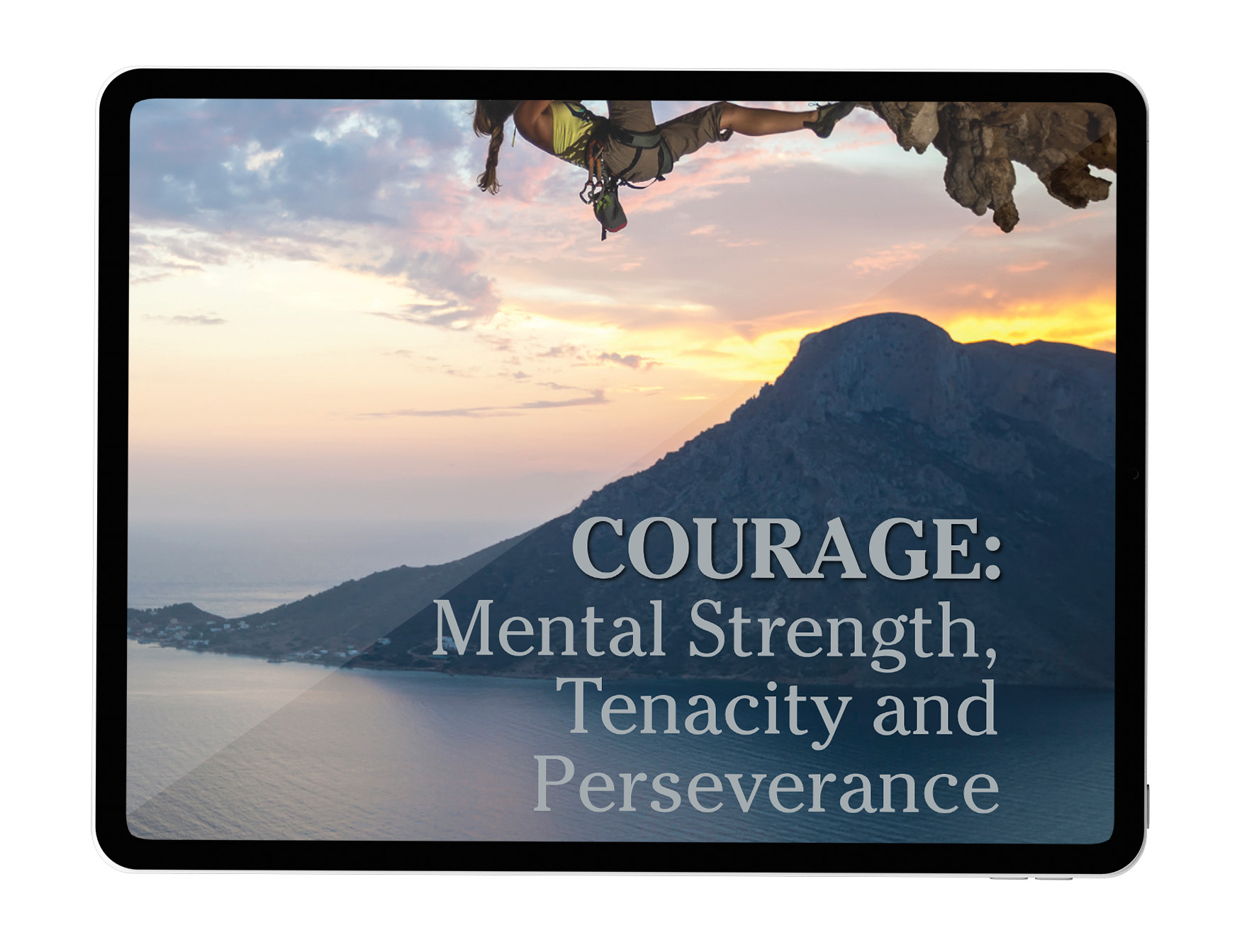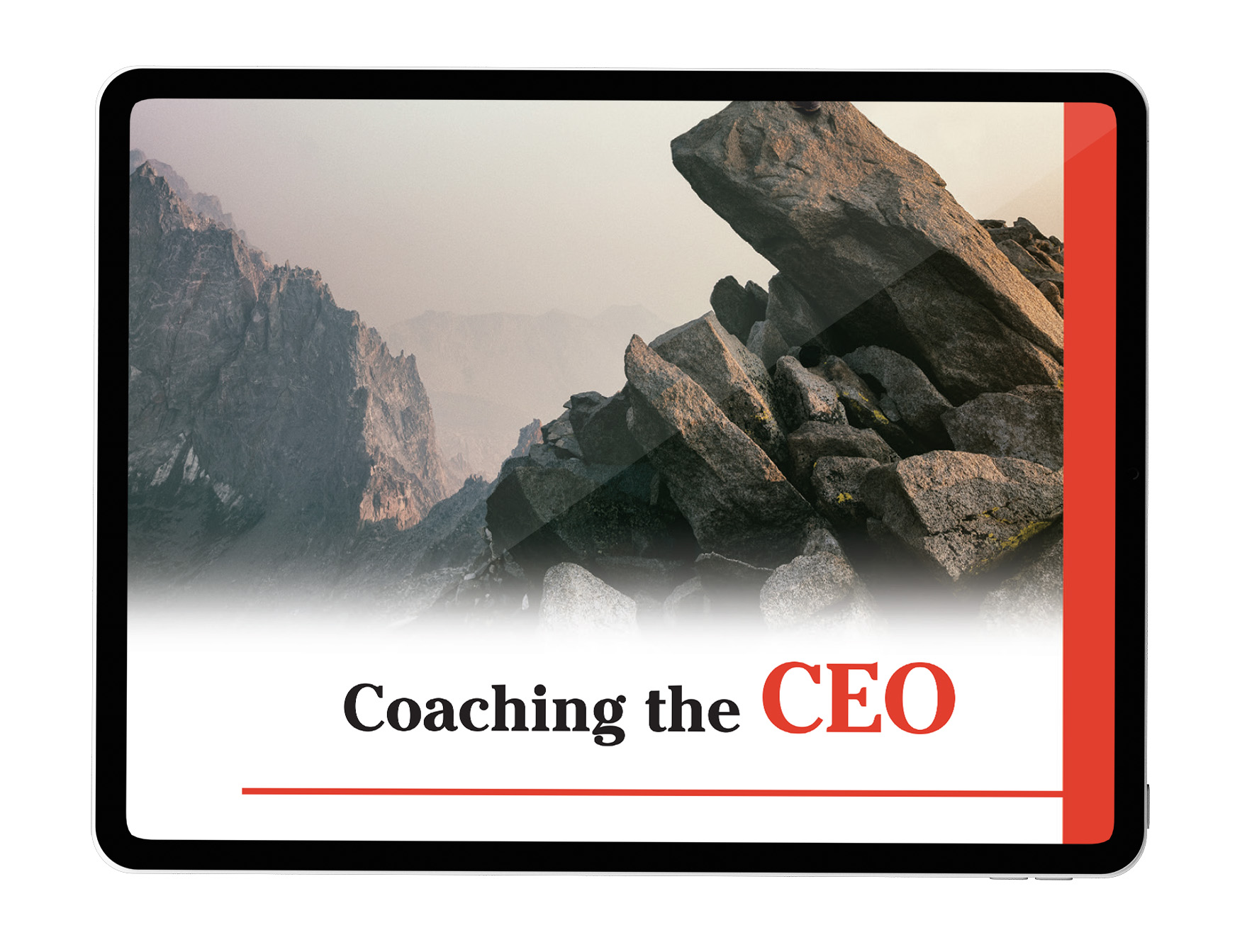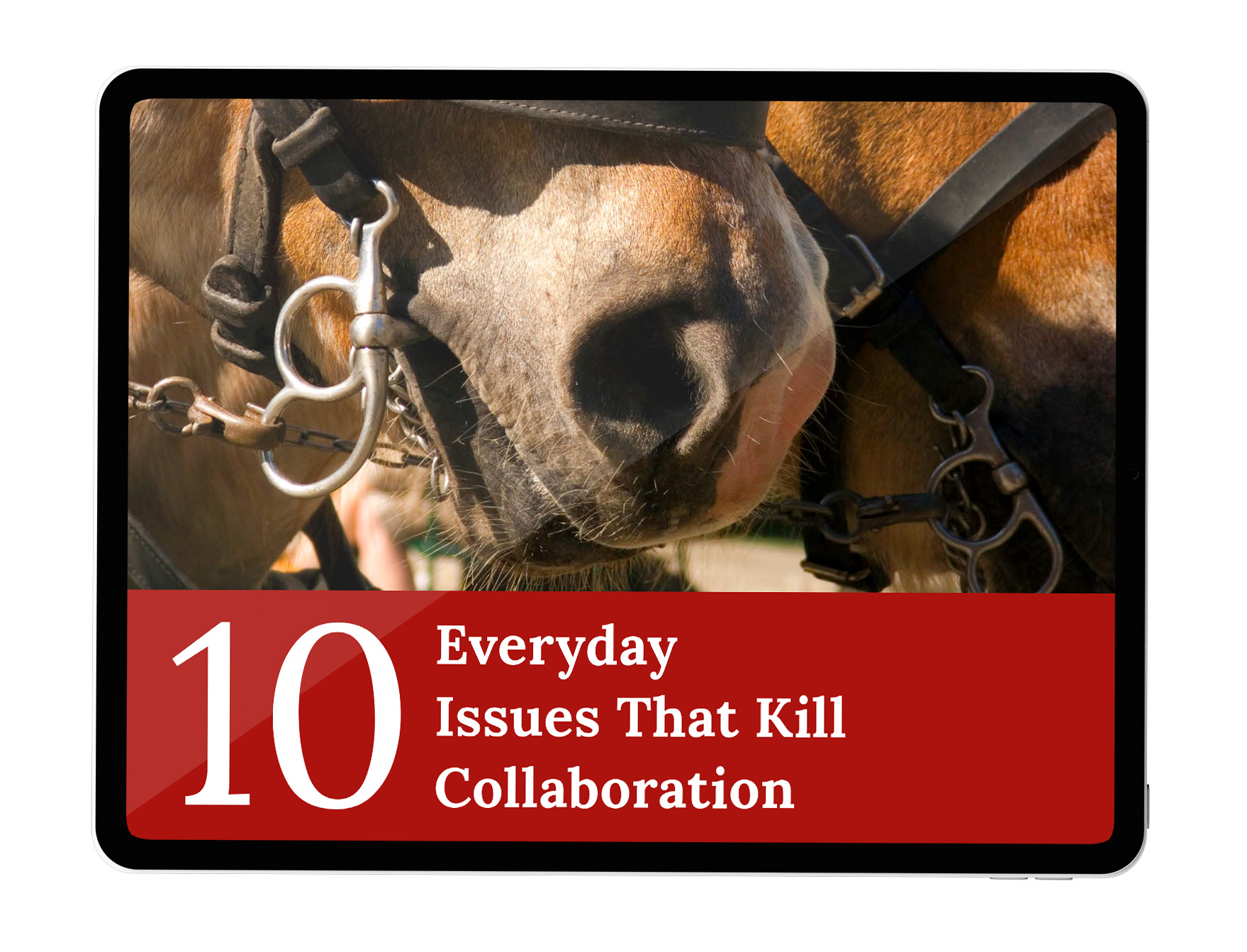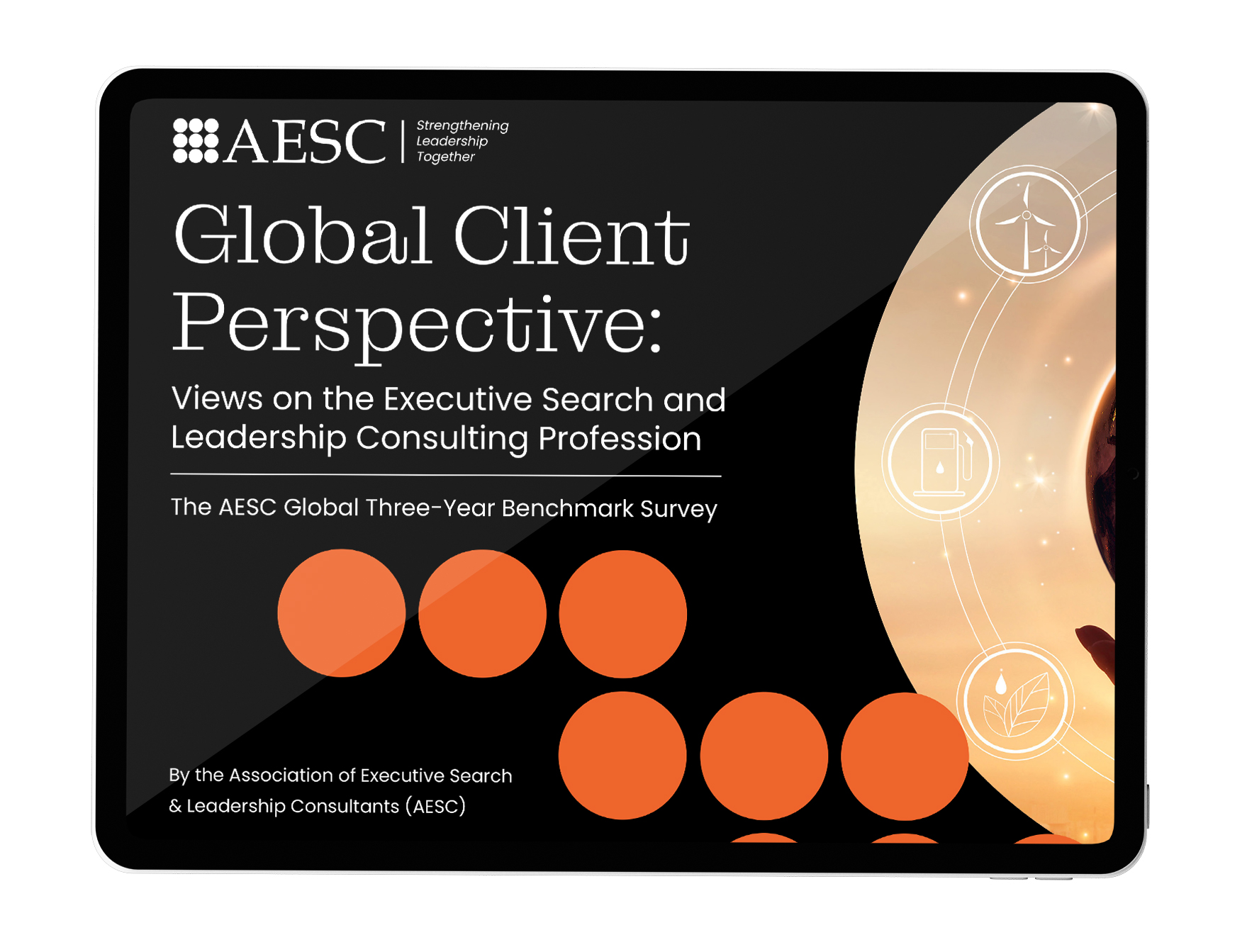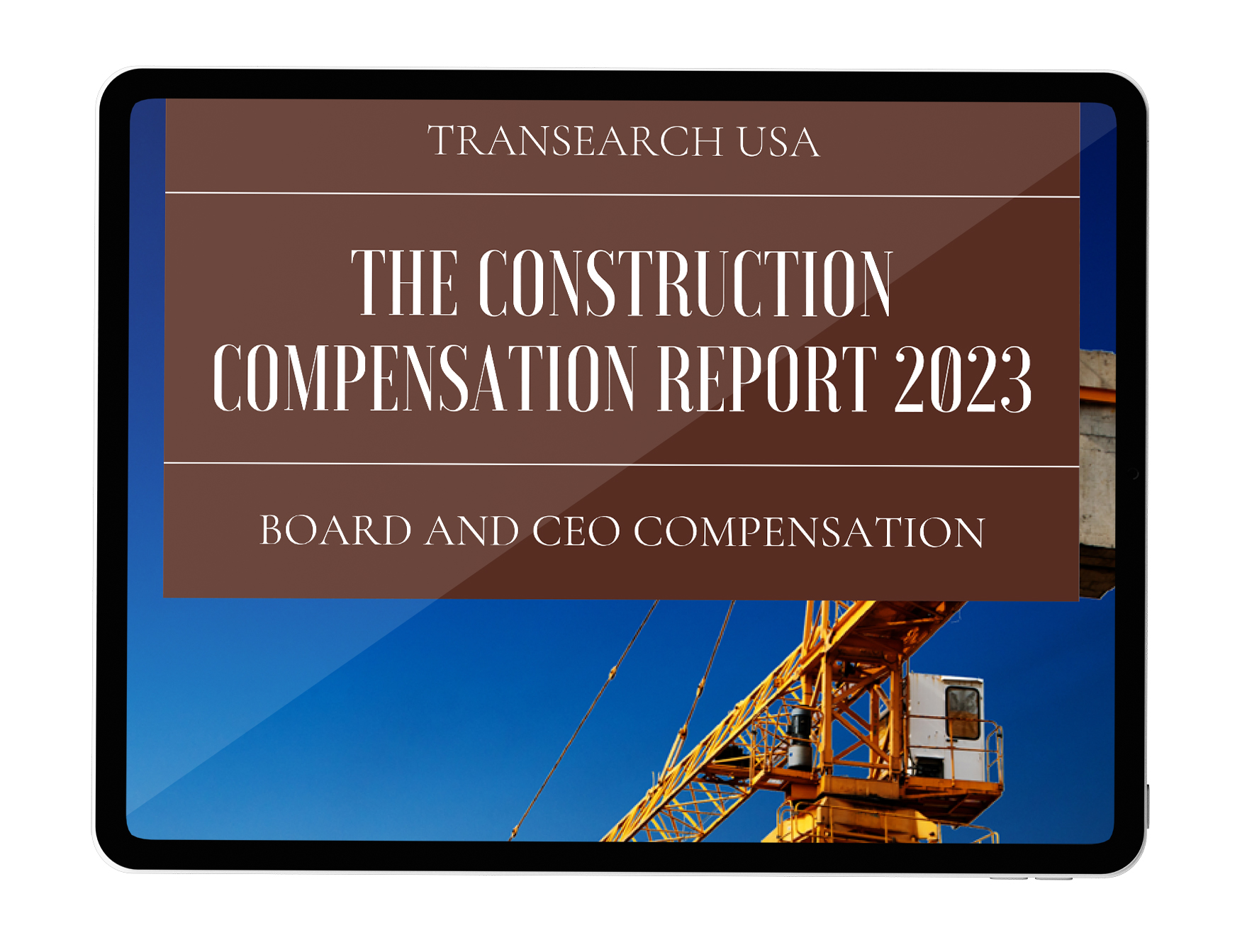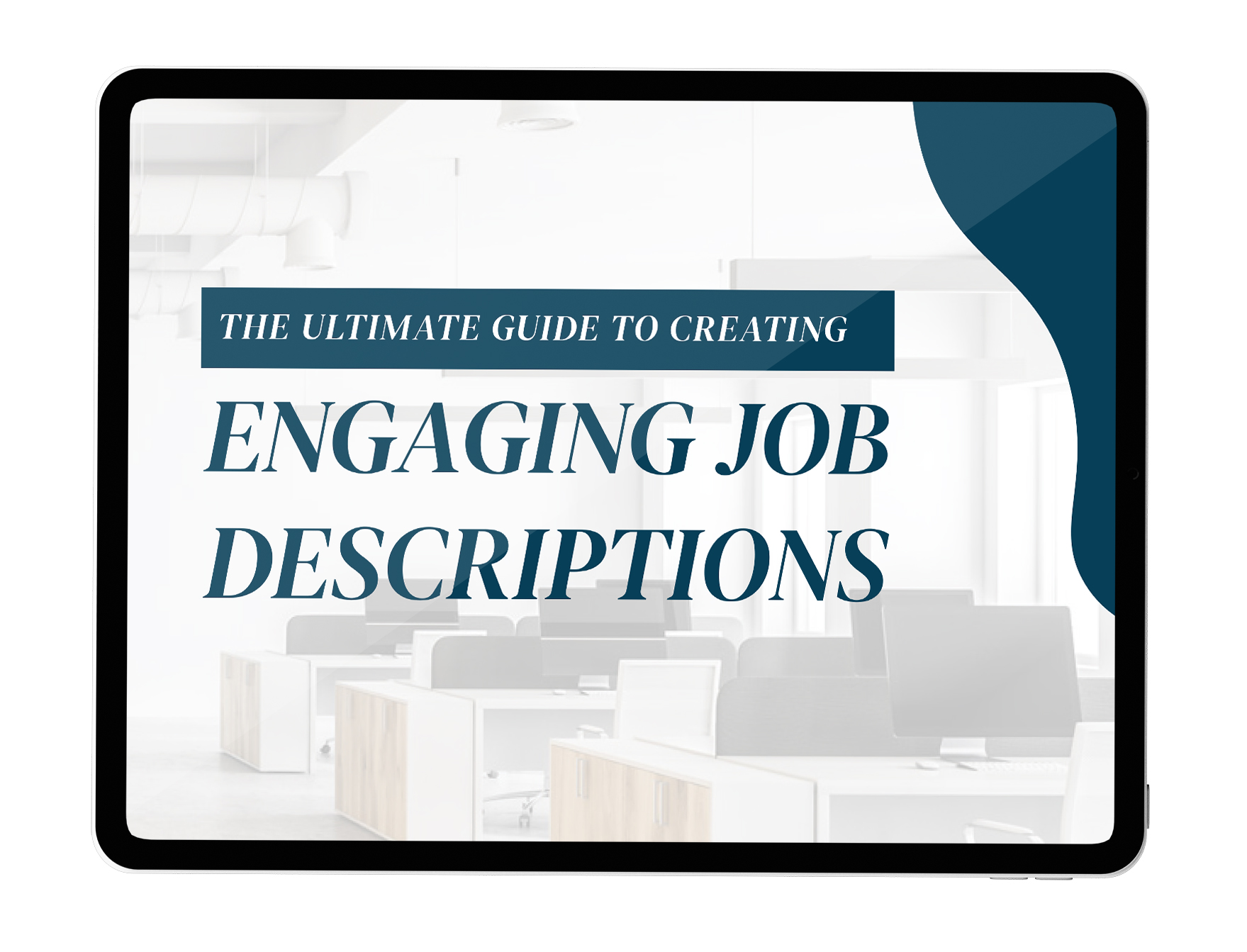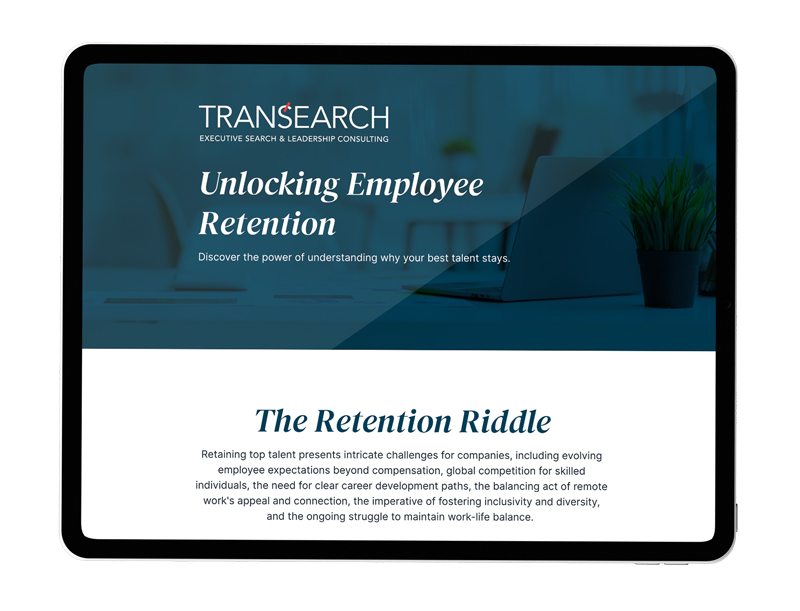Investment in the cleantech industry is accelerating faster than a Mustang Mach-E racing down PCH. (0-60 in 4 seconds!)
The intersection of $370 million of federal funding, widespread concern with climate resiliency, and commercialization of new technologies stimulates the sector’s rapid evolution. It is an exciting and invigorating time to be a leader in this space.
Not all forecasts are sunny, however, and like their predecessors, cleantech companies need agile and adaptable leaders to guide them through volatile times.
Let’s explore the challenges and consider solutions for choosing the right leaders to deliver a successful transition to clean and sustainable practices.
What is Cleantech?
Cleantech is a banner, a description of businesses concerned with environmentally friendly methods, sustainable sourcing and production practices, and cutting carbon emissions. Companies we commonly describe as “clean” are in power & energy, engineering & design, transportation, manufacturing, communication & security. We all know the celebrity CEOs in this space – Tesla I’m looking at you – however, this sector is not only led by maverick entrepreneurs pushing boundaries, and not all cleantech companies are start-ups.
I contend that ANY sector can be clean – it is the output of an innovation mindset.
Respect Sector Knowledge and Build on It
I see more and more organizations successfully overlay their core legacy industry expertise with a perspective of sustainability and purpose.
Nexii is an excellent example of leaders who are shifting their sector’s approach to projects. Led by construction industry veterans, the company is disrupting the construction industry with a clean, sustainable, modular building system. In the Electric Vehicle revolution, many of the leading companies – Volta Trucks, Rivian, Ford – are led by individuals with vast knowledge of their legacy sectors and a desire to improve the world.
Scarcity of Talent? Embrace Collaboration!
Cleantech, like many other sectors, grapples with persistent labor shortages. Rampant at every level of the organization, it is generally a result of an aging workforce and the ongoing Great Resignation, it is also tied to rapid technological advancements.
Companies must embrace a culture of trust and safety. One where all voices are heard, and where innovations are encouraged. Long-term employees know the most common bugaboo or obstacles that pop up from the customer. You might find that the college intern knows about a new approach that can be tested in the business. Having both insights will help you address emerging trends with ease.
Finding a ‘complete-package leader’ with a vast array of skills, competencies, and EQ is, therefore, one of the sector’s toughest challenges.
“The hybrid nature of sustainability requires knowledge and experience across a broad range of disparate fields and a unique set of leadership competencies that can be difficult to find in a single individual,” notes the Hunt Scanlon Media article.
The question the industry is left to contend with is how to find genuinely enigmatic leaders.
Who is the “Right” Executive?
Finding a multifaceted and inclusive leader is the cornerstone of any organization’s success. At TRANSEARCH, we use Orxestra™ our proprietary method for assessing “the DNA” of an organization and defining the four dimensions of “Fit” – Culture, Leadership, Performance, and Team – and building a robust position profile to attract the right leaders.
Final thoughts
There is no doubt cleantech is on the ascent. However, the obstacles on the runway can limit how high companies will soar. The ultimate solution to sustaining momentum and steering past the challenges is finding gifted changemakers; leaders who deliver profits, enable digital disruption, and inspire teams to achieve. I hope my thoughts can help you on your quest to choose the right ones.











